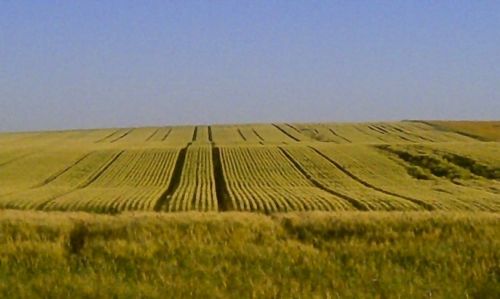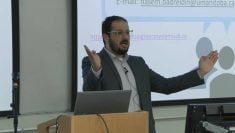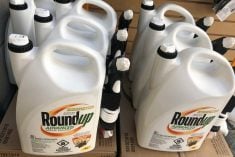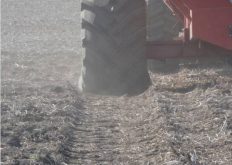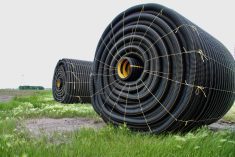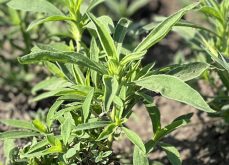It can be called “fractal hierarchical aggregation” or just “fractal aggregation.” Whatever the moniker, the new method of soil health testing promises to offer producers an important metric for assessing soil quality and land stewardship, says Guillermo Hernandez, an assistant professor at the University of Alberta.
This spring he published a research paper demonstrating that fractal aggregation is a promising method for assessing soil quality.
“There are different characteristics of the soil, and this specific method has the advantage of integrating several aspects of soil quality,” he says. “It’s very consistent and robust, and can separate good management from less beneficial management.”
Read Also
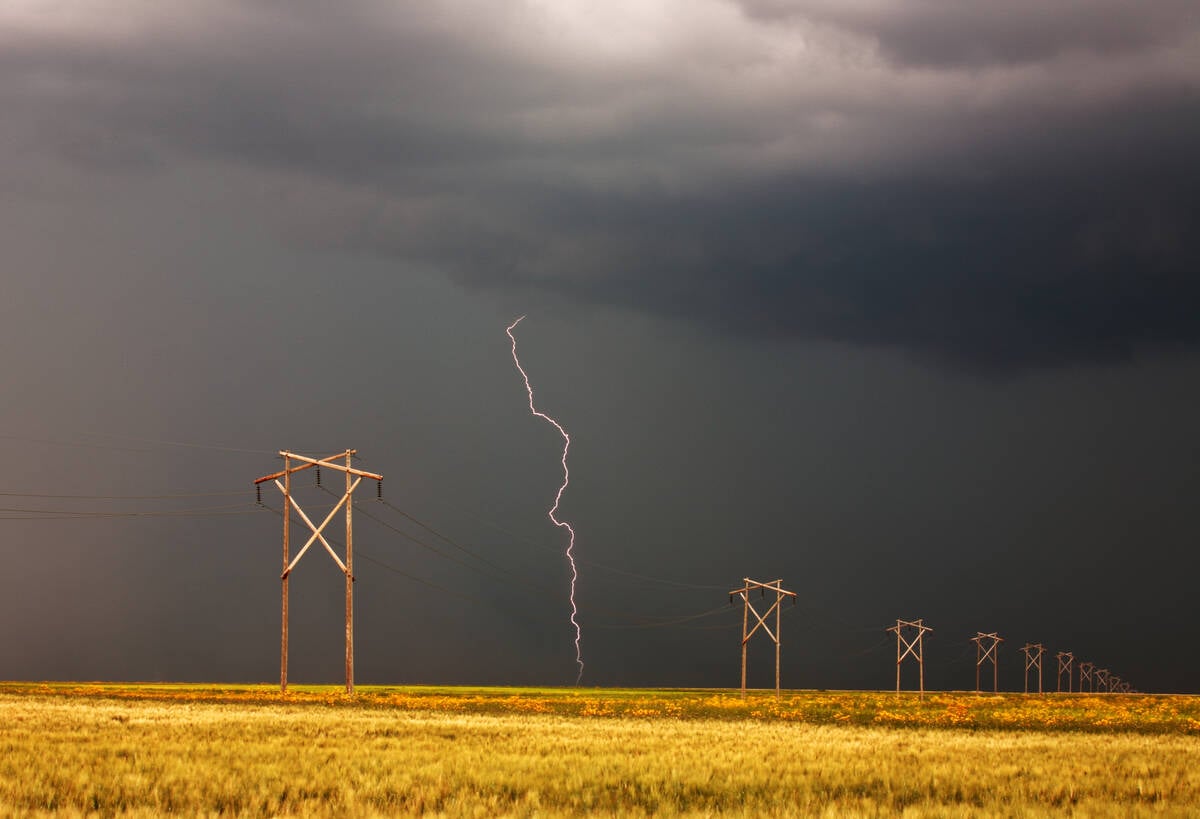
Lightning gives and takes in Prairie fields
Lightning in fields can be a source of nitrogen but at times can result in crop damage which, at a glance, resembles a very localized disease outbreak, plant pathologist Ieuan Evans writes.
Over the past three years, Hernandez’ graduate students have led four projects looking at soil quality across Alberta. Their main focus was the impact on soil quality of converting native grassland into annual cropland. Their findings showed, unsurprisingly, that native grassland has superior soil quality to cultivated croplands.
The fractal aggregation method puts a number on soil quality, Hernandez says, “and with that number we can assess how far along we are in a trajectory and whether we can recover.”
Hernandez’ students’ work looked at soil benefits of controlled traffic farming (CTF), a management tool used to minimize the impact of heavy equipment in fields.
Kris Guenette, Hernandez’ graduate student, worked with Controlled Traffic Farming Alberta, a network of eight producers scattered around Alberta, each of whom compared random traffic to CTF.
Controlled traffic farming keeps movement of heavy equipment confined to permanent tracks — reducing tracking to 15 per cent of the field or less, versus the typical 50 per cent seen with random equipment movement, according to Peter Gamache, project lead at Controlled Traffic Farming Alberta.
It’s a system that’s been widely adopted in Australia by producers looking to minimize impacts of drought on soil quality. While only a handful of Alberta producers have adopted CTF, they have noticed improvements in water infiltration and soil quality.
“You retain those large pores and allow water and air to move,” says Gamache, “and you have a better environment for root growth.”
“Recurring compaction from equipment is a common factor in reducing soil health,” says Hernandez. Using the fractal aggregation soil test and other metrics, Guenette was able to demonstrate a significant difference between compacted soils in control fields and soils in CTF fields.
The tests showed improved porosity and hydroconductivity in the latter, says Hernandez.
Steve Larocque, a private agronomist and owner of a small grain farm near Calgary, was the first producer to sign on to CTF Alberta more than seven years ago. His interest was piqued, he says, after he did a Nuffield scholarship tour in England, New Zealand and Australia.
“You can’t just bolt on CTF and expect miracles,” he cautions. “Like no-till it takes years to see the benefits. With no-till we saw them quickly because we cut back on diesel, labour and power. With CTF we’re already fairly efficient, so it’s about improving soil structure and health.”
But Larocque believes there are significant benefits to CTF. His operation has close to 70 per cent soil porosity, he says, and holds a lot of moisture — “way more” than it did before.
In side-by-side trials looking at how quickly rainfall washes down in CTF versus non-CTF fields, Larocque notes that his CTF fields can handle about six inches of rain in under two minutes; one inch of rain can absorb in six seconds.
“It takes time for your soil to repair and to figure out what benefits you can achieve. For us the biggest one is timeliness,” he says. “How do you put a number on timeliness, getting onto the field when you want to? It could mean an application of fungicide for fusarium when you need it.”
Larocque believes more data is needed on CTF in Western Canada before more producers will sign on. GN


